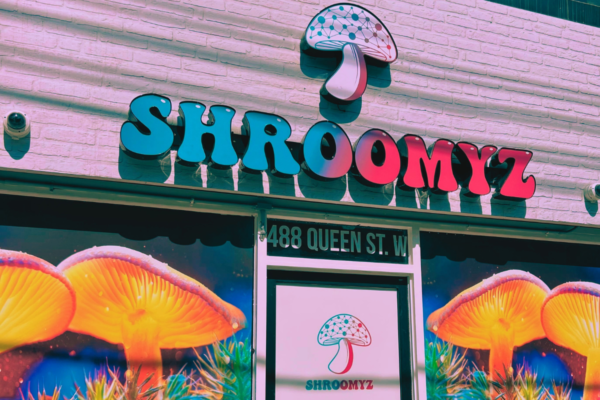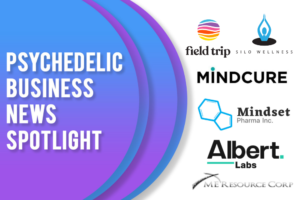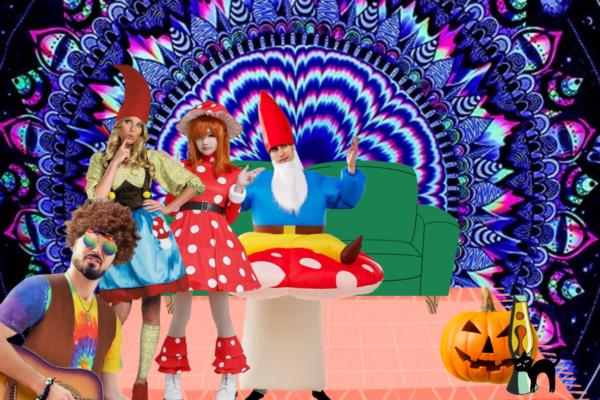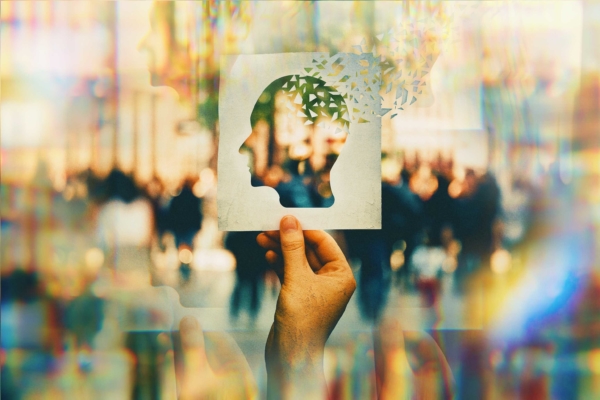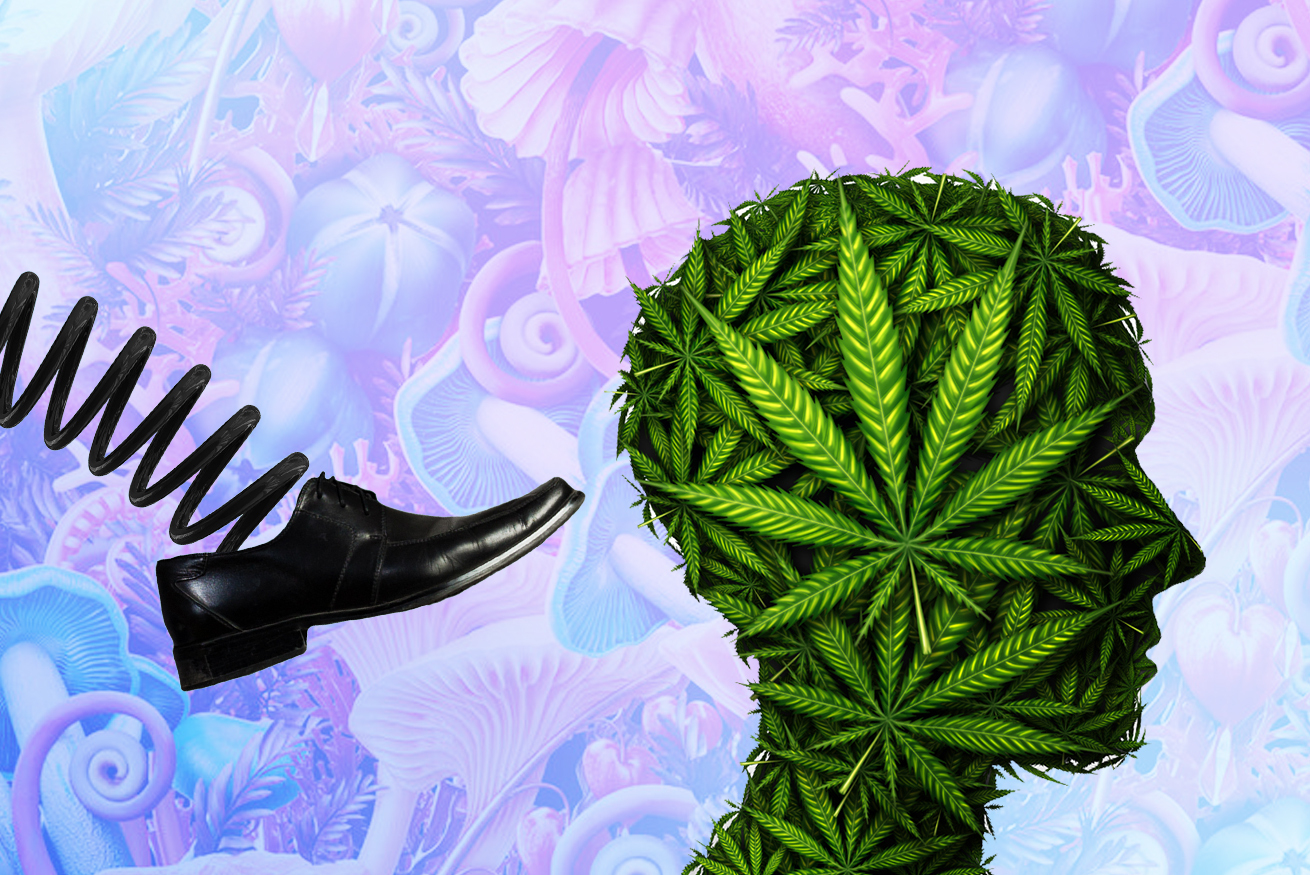
It’s 4 am. My roommate and I are tripping on LSD, still awake after trying three times to fall asleep. We toss and turn, and each time we come out of our rooms we are in sync. We wander into the hallway, stare at one another, and laugh. We are making pancakes, leaning in with our ears perched just above the frying pan listening to the sizzle. My roommate realizes how silly we look, “Hopefully our roommates don’t come out and see this,” he says. “They wouldn’t understand.” And all I can say is, “I just want to come down.” Maybe we should have tried magic mushrooms instead.
Many have started their psychedelic journey by dropping a tab of acid, very often adding cannabis to the trip. Acid is great, I’ve personally laid tabs on numerous newcomer’s tongues. While LSD and marijuana have their place in the psychedelic scene, they are not as popular as they once were. In recent years there has been a noticeable trend away from cannabis and LSD towards our fungi friends. With recent decriminalization in places such as Denver, DC, and Seattle, psychedelic mushrooms have become easier to obtain. And with broad mainstream exposure through advocates like Michael Pollan, mushroom use is becoming de-stigmatized. For all of these reasons, magic mushrooms are quickly becoming the mainstream psychedelic of choice.
For many people the ingestion of THC causes feelings of elation, but for others it can cause anxiety and paranoia, my partner and myself included. In high doses THC can create psychedelic experiences, but many people also experience anxiety at this dose level. It is also possible to build up a tolerance to THC, so over time even the biggest bong hits might not get you high. But THC reacts with the endocannabinoid system in our brains, whereas classical psychedelics react with the serotonin receptors. So if marijuana doesn’t agree with you, or if you’ve found yourself developing a tolerance, then maybe a classical psychedelic is worth a try.
LSD, often labeled as the most potent psychedelic of all, was discovered by chemist Albert Hofmann in the late 1930s. A friend and fellow psychonaut named Lorenzo has described his experiences as “the most intense and some of the most meaningful” in his psychedelic journey. His first foray in psychedelics was with the blotter, and Lorenzo initially enjoyed acid. The electric feeling drew him in, and he stayed for the beauty, music, and revelations. But ultimately that electric feeling lingering for twelve hours was too much, and the initial joyful energy turned into comedown blues. He’s had five experiences with acid and isn’t sure when or if he will try it again. For many like him, the length of the trip and intensity can be a turn off. Now, instead of LSD, he enjoys a quiet mushroom trip about three times a year.
Another problem with LSD is that it is impossible to tell what substance might be on that blotter paper. Mitchell, another seasoned psychonaut, says he no longer partakes of LSD because of “inconsistencies in batches.” When handed a tab (or candy, or dropper bottle) he could never tell what substance he was taking or what the dose was. It can be difficult to know if what you are obtaining is LSD or an adjacent research chemical, and there can be huge discrepancies in dosage on blotters. A small amount of LSD goes a long way, and a little too much can make the difference between a good trip and a bad trip. When buying LSD it is always wise to go through a trusted source, but ultimately you can never be sure if what you’re taking is pure.
Like many people these days, Lorenzo and Mitchell have made the switch from LSD to mushrooms. With mushrooms, they feel like they know what they are getting and can dose more accurately. While every fungi will contain different levels of psilocybin, there are steps one can take to ensure an accurate dose, such as grinding and encapsulating or making a tea. With LSD there is always the potential to take too much, even on a single tab of blotter paper. However, with mushrooms, you can dose lightly at first and then eat more to adjust the dose as you go. According to Lorenzo and Mitchell, LSD seems like an all or nothing scenario.
But not everyone agrees with this trend. Perry, who can frequently be found at bluegrass music festivals, has been an avid psychonaut for the past ten years. He is a recreational tab dropper who enjoys LSD for that same electric feeling and doesn’t mind how long it lasts. For him, the duration is a benefit. He can enjoy live music for hours on end, take an all day hike, or just spend a relaxing day off exploring his mind. Though Perry remains loyal to LSD, he has also noticed the recent trend towards mushrooms.
Thanks to decriminalization efforts across the country, the general public’s view on psilocybin mushrooms has been trending upwards. Closest to home for myself, Washington DC decriminalized psilocybin mushrooms with a whopping 76% percent of people voting in favor of the measure. This movement has caused a ripple effect with a resurgence of interest and greater availability of magic mushrooms within DC and the surrounding areas. And this mainstreaming effect has been showing up all over the country as more cities and states vote to become decriminalized mushroom zones. With new magic mushroom ballot measures popping up in different states every month, this trend is only going to continue.
Choosing which psychedelic is right for you can be difficult, but many people are making the switch to mushrooms. LSD can be hard to find, it can be a challenge to know exactly what you are taking, and many people just don’t have the time to commit twelve hours to a psychedelic trip. In contrast, the general public seems to view mushrooms as a safer and gentler option for people who are curious to try it or are just starting out. This shift in public opinion combined with the effect of decriminalization movements has led to a great resurgence of interest in fungi. So while you may prefer one psychedelic over the other, there is no denying that magic mushrooms are rapidly becoming the preferred trip of the day.
